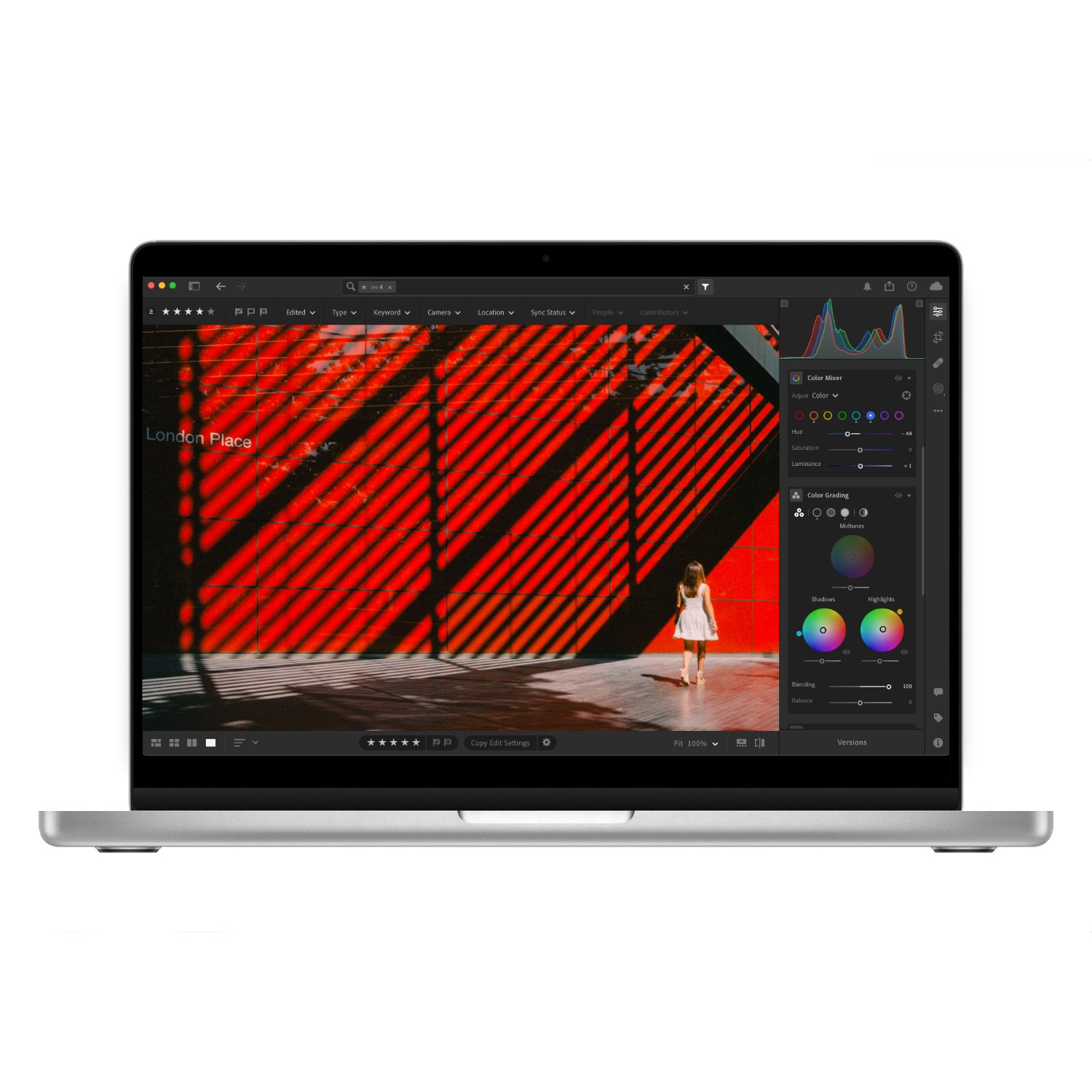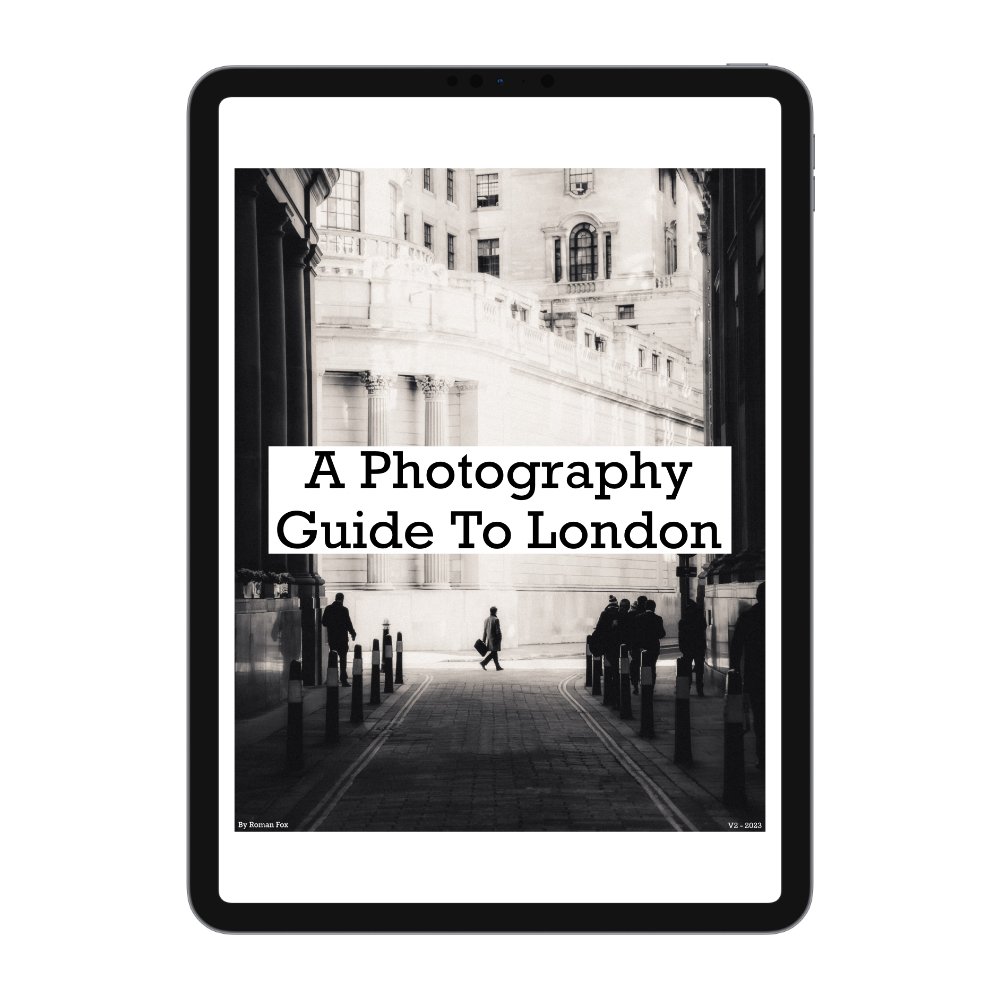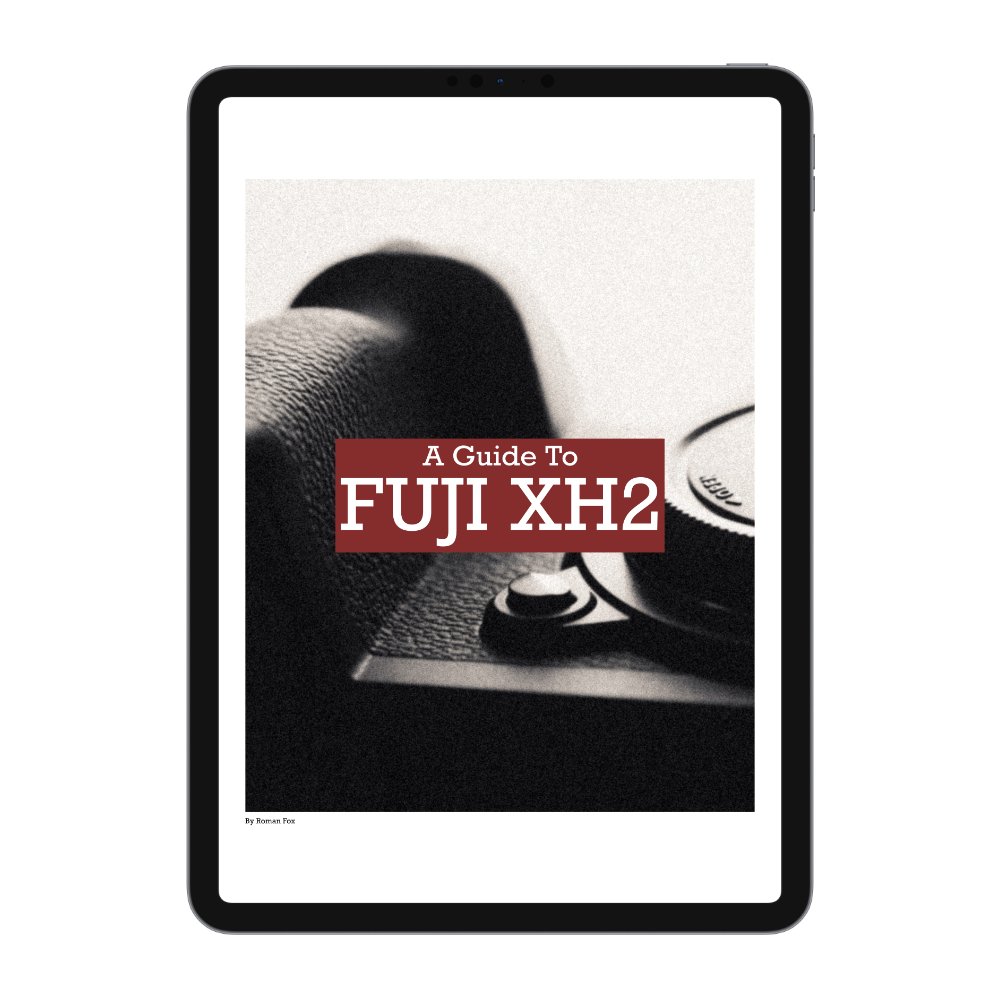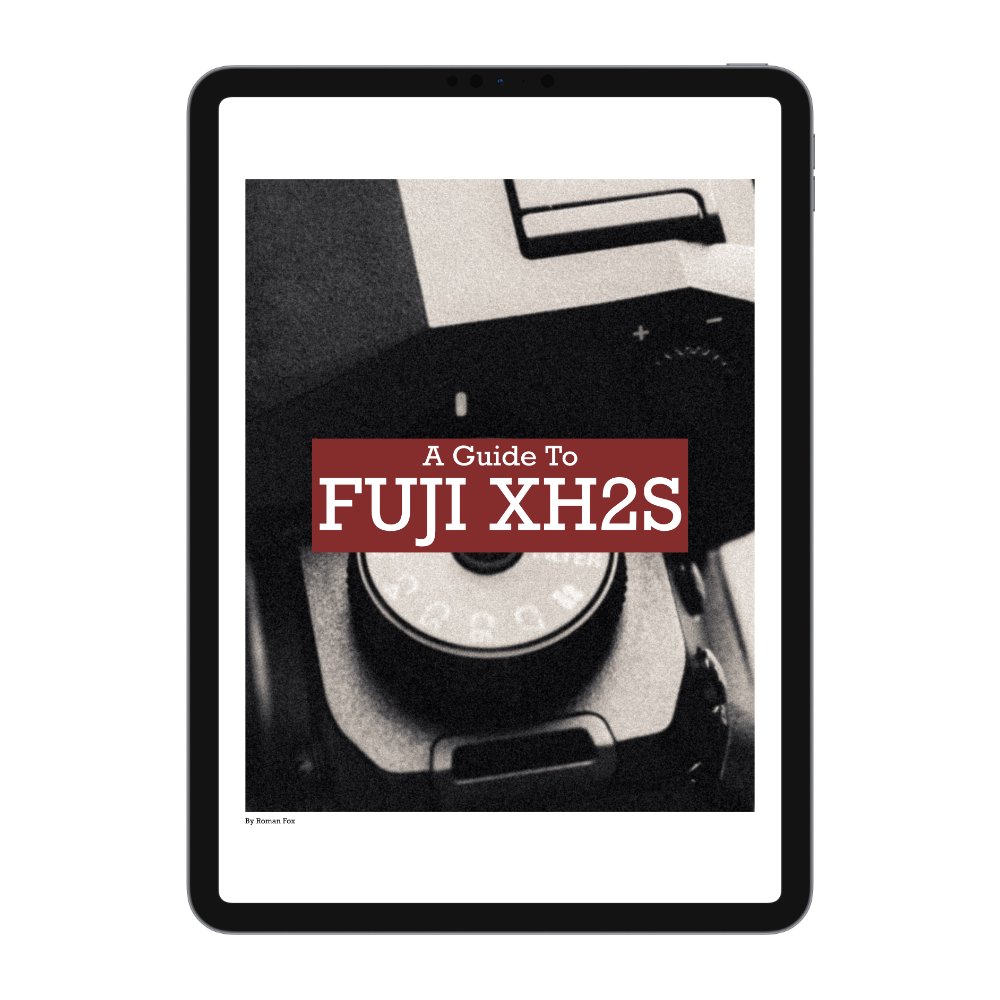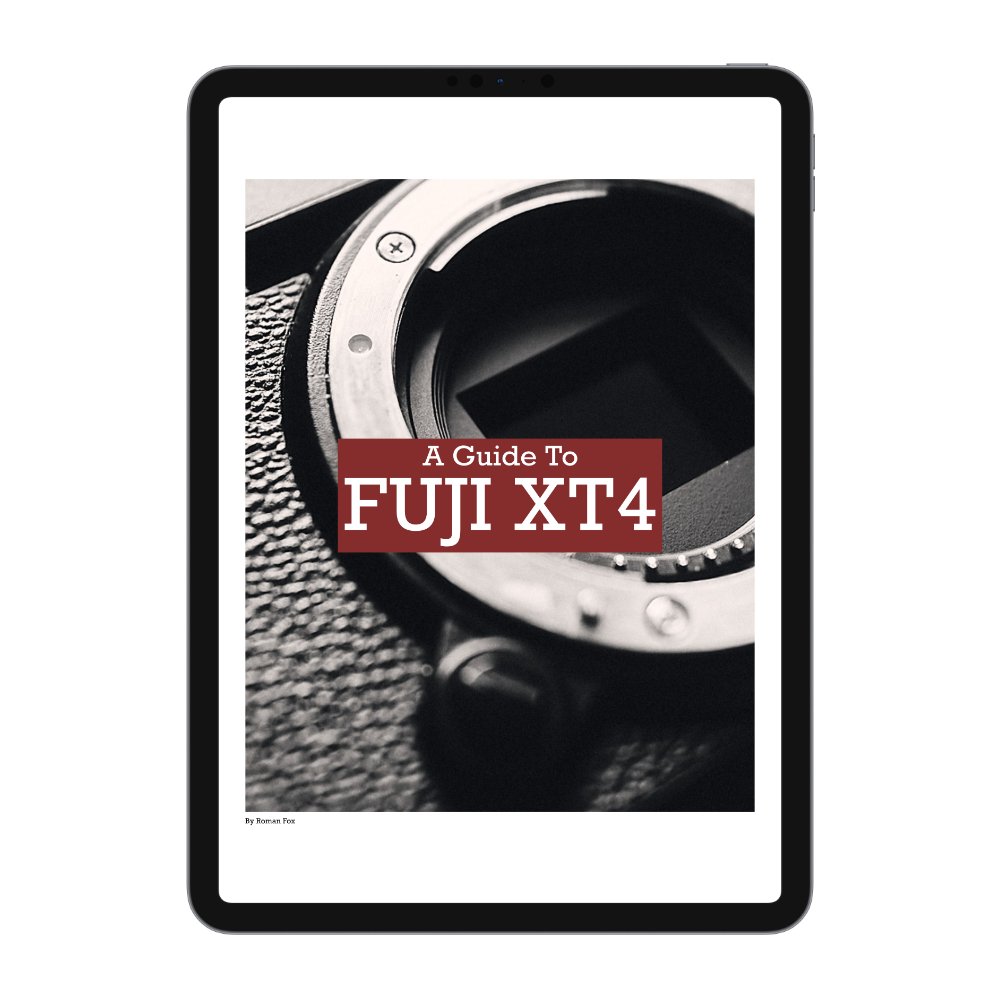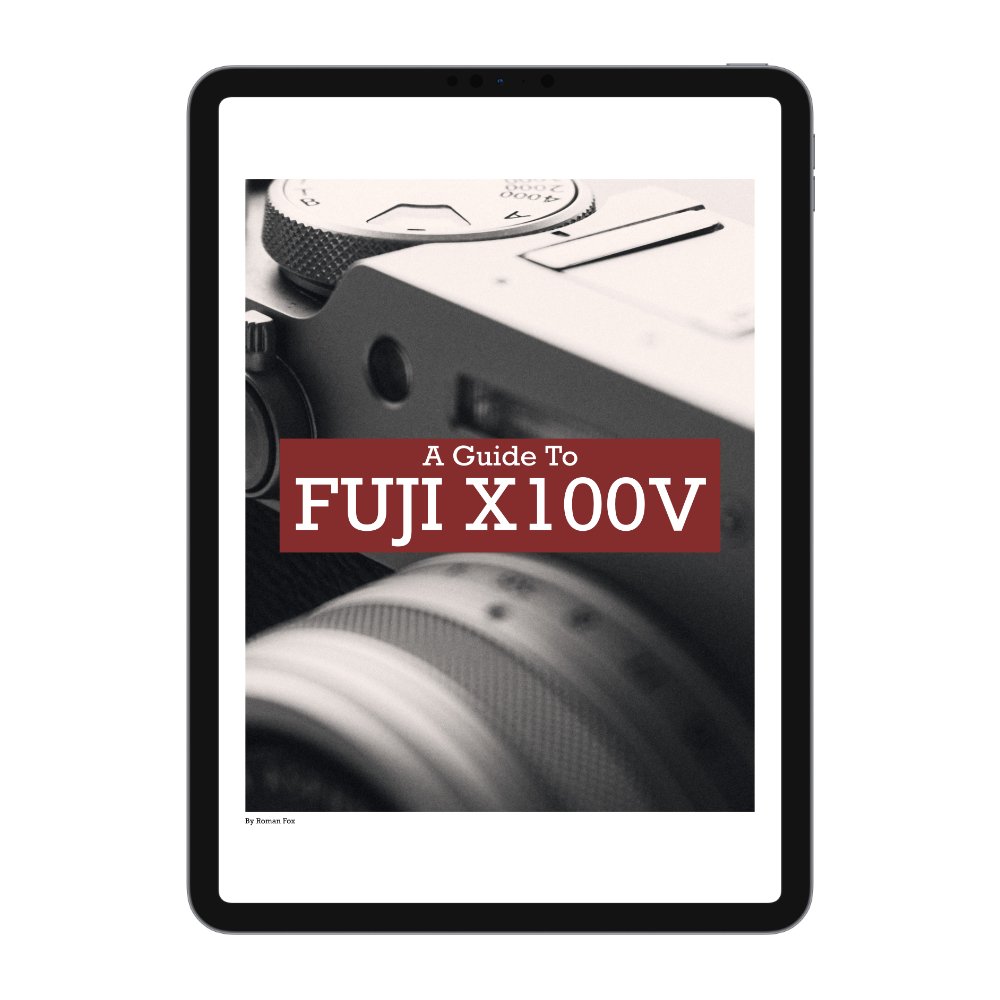The Most Common Travel Photography Mistakes
I’ve been travelling and shooting full-time for over three years now, and I’ve definitely made my fair share of mistakes. In this blog, I’ve compiled a list of those mistakes—both my own and ones I’ve noticed others make. There’s no particular order, and keep in mind that what seems like a mistake to one person might not be to another. Take this blog as opinion rather than fact.
No Research
I’ve learned the hard way that, in many cases, some basic research is essential. I don’t particularly enjoy researching and prefer to get lost in a city, but this approach has backfired on me a few times. Whether it’s wandering into an area best avoided, missing great locations, or wasting time, I’ve realised the importance of at least minimal planning.
Over-Planning
After my “no planning” phase, I swung to the opposite extreme and over-planned a few trips. Everything was scheduled and booked far in advance, down to the last detail. This worked well until one delay caused a chain reaction of stress and frustration. I found myself missing out on opportunities to explore or photograph simply because I had a restaurant reservation on the other side of the city. Now, I limit myself to one or two main activities per day. In summer, when the days are longer, I might plan one activity in the morning and another in the afternoon. In winter, when daylight is scarce, one is plenty. This way, I maintain a balance of structure and flexibility, leaving ample time for unplanned discoveries.
Too Much Gear
I’ve been that person who shows up for a trip with a backpack stuffed with gear: three camera bodies, five lenses, a mic, an action cam, and a tripod. By lunchtime, I was a sweaty, demotivated mess with a sore back. I’ve also stressed over which lens to use and missed shots as a result. Over time, I realised that I often used only 20% of the gear I packed. How much gear is too much depends on the trip. A road trip may allow you to carry more, while backpacking across Asia requires a more minimalist setup. My advice is to think carefully about what you’ll actually need and pack accordingly.
Precious Gear
Camera equipment is expensive, and it’s natural to want to protect it. However, being overly cautious can hinder your photography. If you’ve spent three months’ salary on a Leica, you may find yourself reluctant to shoot in bad weather or take risks that could damage it. When travelling, I recommend using gear you’re comfortable risking from time to time. You can replace a camera, but you can’t always recreate a shot, especially in a unique or fleeting moment.
Brand New Gear
Back in 2021, I ran photography workshops in London. On one occasion, a participant turned up with a brand new camera purchased the day before. He’d taken the day off work and spent a lot of money getting to London, but he had no idea how to use his new camera. The first hour of the workshop was spent setting it up so he could shoot at all, and even then, he struggled. If you’re buying a new camera, especially one from an unfamiliar brand, take time to learn it at home before travelling. Missing shots on a once-in-a-lifetime trip because you’re unfamiliar with your gear is far from ideal.
Looking Like a Target
We’ve all seen that photographer: a giant backpack, a tripod sticking out, and a camera on one of those Peak Design Capture Clips. While you might think you look cool, you also look like an easy target. The same goes for flaunting a Leica around your neck or a Rolex on your wrist. When travelling with expensive gear, try to avoid attracting attention. Use a generic bag, keep your equipment discreet, and dress to blend in.
Following the Masses
Tourist spots and cliché locations are popular for a reason—they’re worth seeing. However, once you’ve ticked them off, seek out less crowded areas. Battling through Leicester Square, Westminster Bridge, or Covent Garden on a weekend is a nightmare. Instead, explore less tourist-heavy spots like the Barbican, Richmond, or Bank—or venture even further afield. Research online, consult travel guides, or hire a fixer or local guide to discover hidden gems. In Hanoi, for example, my best photos were taken away from the Old Quarter’s tourist areas.
Being Too Rigid
Rigid plans and preferences can lead to frustration. Things will go wrong: you’ll miss a bus, a restaurant will be fully booked, or a photo spot will be inaccessible. The weather might obscure that dream view of Mount Fuji or you will get sick. Learning to adapt and improvise is crucial. Often, the unexpected turns out better than your original plans.
Not Having a Purpose
You don’t need a grand, philosophical purpose for every trip, but having a rough idea of what you want to achieve helps. Is it a relaxed photo trip where you take your time, stroll around and shoot? Or a full on adventure where you have a project to deliver? Flexibility is important, but a general goal can make the trip more enjoyable and productive.
Not Resting Between Trips
If you can travel without the usual restrictions of a job or family commitments, it’s easy to fall into the trap of going all out without rest. Burnout is no joke, and if you’re not careful, it can drain the fun and creativity out of the experience. Take it from someone who’s learned the hard way (multiple times): make sure you take proper breaks between trips, especially if you’re shooting and not just exploring. You’ll thank yourself later.











